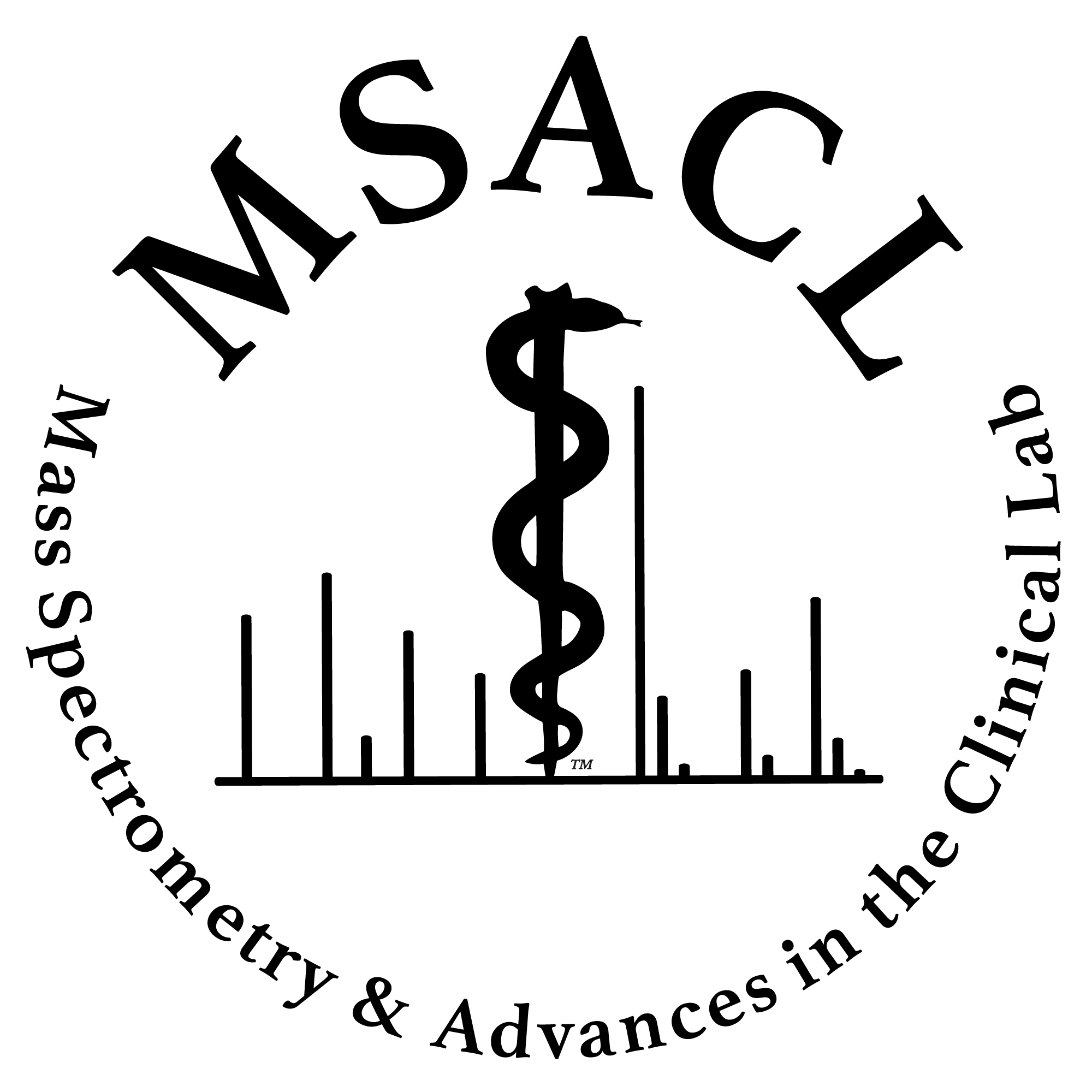MSACL 2023 Abstract
Self-Classified Topic Area(s): Tox / TDM / Endocrine
|
|
Poster Presentation
Poster #44a
Attended on Wednesday at 11:00
|
|
 A Novel LC-MS/MS Method for the Analysis of Antidepressants in Plasma for Clinical Research A Novel LC-MS/MS Method for the Analysis of Antidepressants in Plasma for Clinical Research
Ben Dugas(1), Stephen Balloch(2), Lisa J Calton(2), Gareth Hammond(2)
(1) Waters France, BP 608, 78056 Saint-Quentin, En Yvelines Cedex, France (2) Waters Corporation, Stamford Avenue, Altrincham Road, Wilmslow, SK9 4AX, UK
Benjamin Dugas (Presenter)
Waters Corporation |
|
|
|
|
|
|
Abstract Background:
Depression is common globally, with an estimated 3.8% of the population affected. The condition can impact individuals’ ability to function in work, social and family settings. Many antidepressant drugs are currently prescribed, encompassing selective serotonin reuptake inhibitors (SSRIs), serotonin-nonresponsive reuptake inhibitors (SNRIs) and tetracyclic antidepressants (TeCAs). However pharmacokinetic and drug interactions are known, therefore a reliable quantitative clinical research method may play a role in researching the effects of their administration.
Waters has developed a clinical research method for the following antidepressants in plasma; citalopram, desmethylfluoxetine, duloxetine, fluoxetine, fluvoxamine, O-desmethylvenlafaxine, sertraline and venlafaxine (10-1000 ng/mL); mirtazapine (5-500 ng/mL) and trazadone (30-3000 ng/mL).
Methods:
Matrix matched calibrators and QCs were prepared using in-house stocks and pooled plasma. Samples (50 µL) were treated with internal standard in acetonitrile. A water/methanol/ammonium acetate gradient was used with a Waters XSelect™ Premier HSS T3 Column on a Waters ACQUITY™ UPLC™ I-Class System followed by detection on a Xevo™ TQD Mass Spectrometer in a 5-minute run.
Results:
No system carryover was observed following analysis of plasma samples containing the highest concentration calibrators. Analytical sensitivity investigations indicated precise quantification (≤20% CV, ≤17.6% bias) at concentrations equal to or lower than the lowest concentration calibrator. Total precision and repeatability were assessed (3 pools, 5 replicates, 5 days; n=25) and determined to be ≤10.0% RSD. Linearity experiments determined the method provided first or second order fits over the ranges analyzed; additionally, each run met acceptance criteria (coefficient of correlation ≥ 0.995, determined concentrations of calibrators ±15% of nominal, ±20% in the case of the lowest calibrator). Post-column infusion experiments demonstrated analytes eluted in regions free of major ion suppression or enhancement. Evaluation of matrix effects at low and high concentrations indicated compensation by the internal standard. Addition of high concentrations of several endogenous and exogenous materials did not affect quantification.
Conclusions:
This quantitative method for clinical research demonstrates very good precision with minimal matrix effects and allows for the multiplexing of a panel of antidepressants in plasma in a short run time.
|
|
Financial Disclosure
| Description | Y/N | Source |
| Grants | no | |
| Salary | yes | Waters Corporation |
| Board Member | no | |
| Stock | no | |
| Expenses | yes | Waters Corporation |
| IP Royalty | no | |
| Planning to mention or discuss specific products or technology of the company(ies) listed above: |
yes |
|

